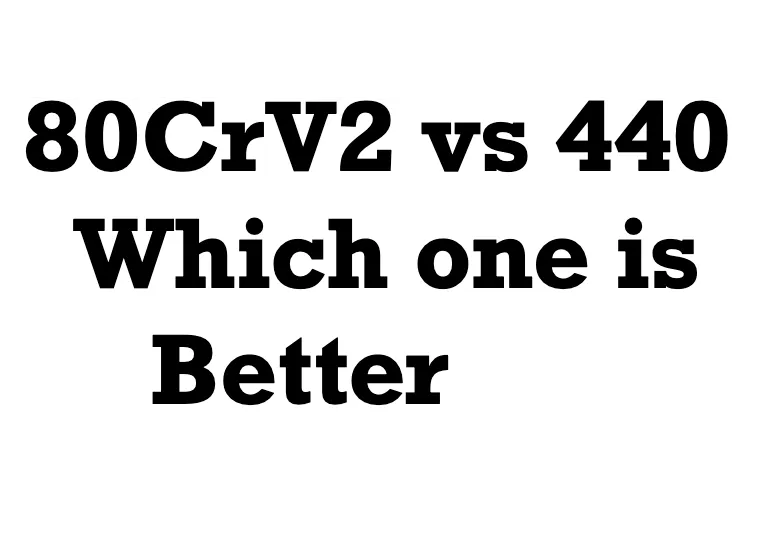Steel industry offers dozens of alloy options to serve various engineering needs. Two common ones are 80CrV2 and 440, but do you really know the key differences between them? 🤔
80CrV2 is a hot work tool steel known for its exceptional wear resistance. It contains a balanced mix of vanadium, chromium, and carbon for superb hardness and strength, even at elevated temperatures. Industrial applications requiring dies, punches, and forming tools often use 80CrV2 for its durability. 🛠
Meanwhile, 440 is a stainless steel alloy popular for cutlery and hardware. Containing chromium for corrosion resistance, it’s a cost-effective choice when rust prevention matters. 🍴 But how does it compare to 80CrV2 in mechanical properties?
The answer involves more than just chemical compositions. Factors like heat treatment and intended uses also separate these alloys. Let’s explore the specifics of hardness, toughness, and temperature performance to better understand when one edge over the other. 🧐
Which would you choose for a project requiring abrasion resistance at 500°C – 80CrV2 or 440?
80CrV2 and 440 are both types of steel with different composition and properties. Here are the main differences between them:

Difference between 80CrV2 and 440
| Property | 80CrV2 | 440 Stainless Steel |
|---|---|---|
| Carbon (C) | 0.75%-0.85% | 0.60%-0.75% |
| Chromium (Cr) | 0.40%-0.60% | 16.00%-18.00% |
| Vanadium (V) | 0.15%-0.25% | – |
| Manganese (Mn) | 0.40%-0.60% | 1.00% max |
| Silicon (Si) | 0.15%-0.30% | 1.00% max |
| Phosphorus (P) | 0.025% max | 0.04% max |
| Sulfur (S) | 0.025% max | 0.03% max |
| Molybdenum (Mo) | – | 0.75% max |
| Nickel (Ni) | – | 0.50% max |
| Carbon Equivalent | – | 0.75%-0.95% |
| Hardness (HRC) | 58-60 | 56-60 |
| Corrosion Resistance | Moderate | High |
| Wear Resistance | High | High |
| Toughness | Good | Moderate to good |
Chemical Composition
80CrV2 Steel
80CrV2 is a high-carbon, high-alloy tool steel. It contains approximately 0.8% carbon, 0.5% chromium, and 0.25% vanadium, along with other alloying elements.
440 Steel
440 is a stainless steel alloy. It is available in multiple grades, such as 440A, 440B, and 440C. Each grade has slightly different composition, but generally, they contain around 0.6-0.75% carbon and varying amounts of chromium (typically 16-18%) and sometimes other elements like molybdenum or vanadium.
Carbon Content
- 80CrV2: 80CrV2 has a higher carbon content, which contributes to its hardness and wear resistance.
- 440: 440 stainless steel typically has a lower carbon content compared to 80CrV2, which provides better corrosion resistance.
Applications
80CrV2 Steel Applications
Due to its high carbon content and alloying elements, 80CrV2 is commonly used in applications that require excellent hardness, wear resistance, and toughness. It is often utilized in the production of knives, cutting tools, and industrial blades.
440 Steel Applications
440 stainless steel, particularly the 440C grade, is known for its corrosion resistance and good hardness. It is frequently used in knife blades, surgical instruments, and applications where resistance to corrosion is important.
Heat Treatment
- Both 80CrV2 and 440 can undergo heat treatment processes to enhance their mechanical properties. The specific heat treatment procedures may vary based on the desired hardness, toughness, and other characteristics required for the intended application.
